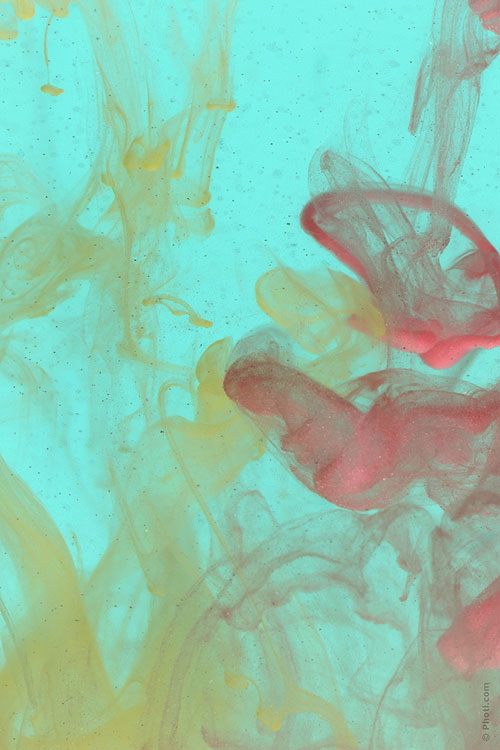We know many folk methods to help relieve discomfort after being stung by a sea nettle. However, American scientists have proposed another interesting option – hot water plus painkillers.

A sea nettle’s sting is usually not dangerous, but it is, unfortunately, very painful. If you are confronted with this situation at a resort, you get advice from every quarter: someone suggests putting a cloth soaked in your own urine, someone recommends to mix baking soda with water and apply it on the sting. But if you suddenly find yourself in Hawaii or on the beaches of North America, these methods can not save you. Dr. Nicholas T. Ward of the University of California, studied a lot of special literature (including medical) on sea nettles living in North American waters (the scholar counted 19 species all in all). Based on these data, as well as the data of a few medical studies, he concluded that the most effective way to relieve painful symptoms after being stung by a Hawaiian sea nettle is hot water and anesthetic creams containing lidocaine.
Ward explains that lidocaine not only acts as a local anesthetic, it also hinders the further impact of sea nettle nematocysts remaining on a human’s skin. Nematocyst is a tiny, fluid-filled sac containing a coiled filament ejected during the attack and containing poisonous fluid.
Ward noted that it is important to remove nematocysts from the skin, as they can continue to produce poison after the sting. Usual hot water will denature and inactivate the poison. Clearly, you will not find hot water and lidocaine on the beach. For a start, you can wash the sting with sea water to remove “sacs”. Ward recommends you should not rub the skin with a towel but use something else (like credit cards) to clean off the remnants of tentacles and nematocysts. By the way, this should not be done with your bare hands.










